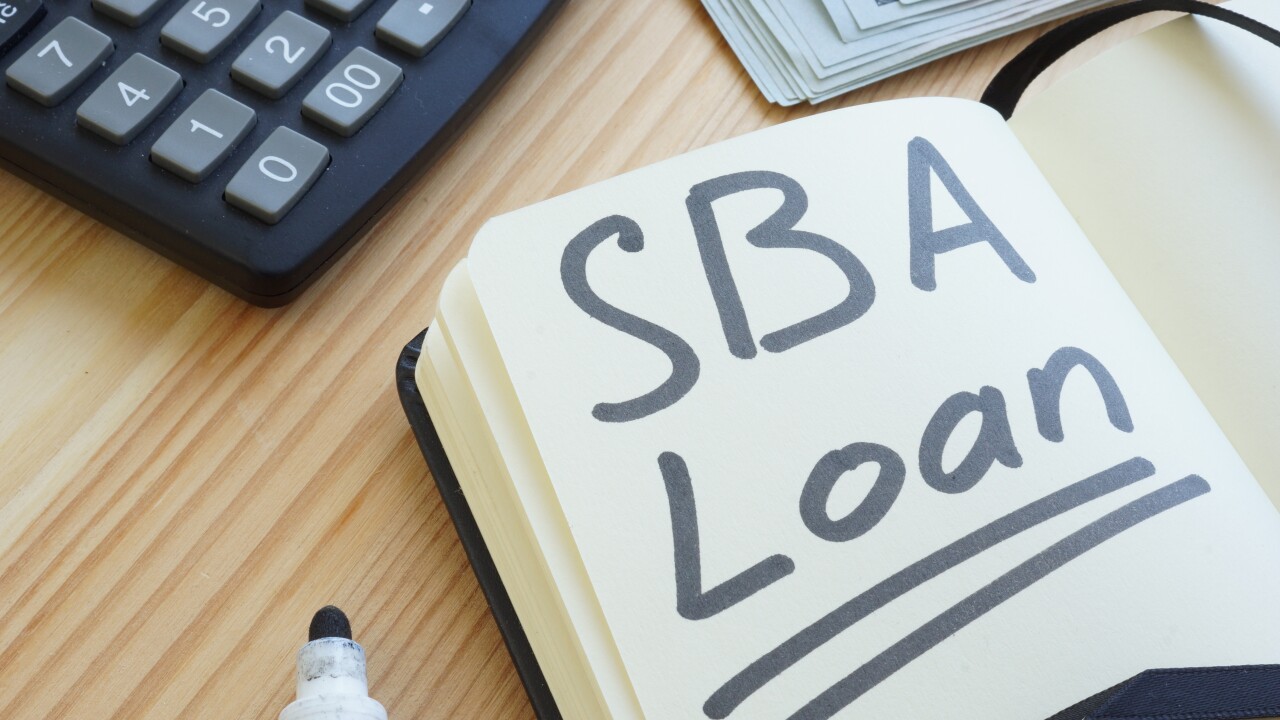-
The Fed was right to aggressively lower interest rates after the 2008 crisis. But continuing with zero interest rates and quantitative easing for seven years after the crisis is in conflict with the goal of increased employment and economic growth.
April 2 -
The former FDIC chairman said during a recent conference call that banks with a traditional model essentially community banks have been hurt by the Fed's interest rate policy and the trickle-down tactics of regulation.
July 2 -
Federal Reserve Board Chair Janet Yellen acknowledged Wednesday that there was little the central bank could directly do to change the culture at big banks caught up in market manipulation and other scandals. She also defended the Fed against calls to change its structure.
March 18
It's a well-known fact that the Federal Reserve aims for an inflation rate of 2%. What's less clear is whether the logic behind this goal holds up.
As the Wall Street Journal recently
I can fully understand the Fed's desire to avoid high inflation. We've seen how high inflation rates are detrimental to the economy. Those Americans old enough to remember the 1970s will recall the "stagflation" of that era.
But I'm puzzled by the Fed's assumption that 2% inflation is preferable to 0% inflation. I have yet to meet bankers, let alone consumers, business owners, students or even university administrators, who are concerned about prices staying flat. As bankers generally appreciate, high inflation rates require them to charge higher interest rates in order to adequately reward depositors and investors.
As a financial economist, I hold that zero inflation is an example of "price stability." The Fed also says it supports price stability, but it uses a different definition of the concept. To the Fed, price stability coincides with an inflation rate of 2%. But as economist Irving Fisher
Some members of the public might reason that 2% inflation is pretty close to 0%, and therefore there's no reason to make a fuss over the difference. But this ignores the compounding effect of an annual 2% inflation increase over an extended period of time. As an illustration of this principle, if you use your calculator to raise $1.02 (one dollar plus the assumed annual rate of inflation) to the power of 35, you'll see that prices will approximately double in 35 years' time if the Fed hits its 2% goal each year.
In other words, if you are 35 years old today, prices will be twice as high as they are today when you retire. While wages are likely to rise along with such inflation, it could be a tall order for many people to earn or save twice the amount that they would need now. This is why I disagree with the suggestion that a 2% annual inflation rate is akin to "price stability."
Yet the Fed wants so much to avoid deflation that it is willing to aim at doubling prices over the course of Americans' working lives. This strikes me as the wrong reason to establish a long-term goal particularly when the Fed already has an additional goal of avoiding very weak economic conditions. The Fed has a mandate to achieve both maximum employment and price stability. To argue for tolerating some positive rate of inflation in order to avoid weak economic conditions would only make sense to me if the Fed didn't have the mandate of maximum employment.
In the meantime, with this long-term inflation goal in mind, the Fed's current zero percent interest rate policy appears very outdated and in need of change. Bank depositors are losing purchasing power with inflation but receiving essentially zero percent interest in return. Therefore the Fed's current policy and long-term goal doubly penalize savers and retirees.
This problem needs to be fixed. Fortunately, the anticipated increase in the Fed's target short-term interest rate is a good signal that our economy is returning to normalcy.
Scott E. Hein is the Robert C. Brown chair in finance and faculty director at Texas Tech School of Banking in the Rawls College of Business at Texas Tech University.





